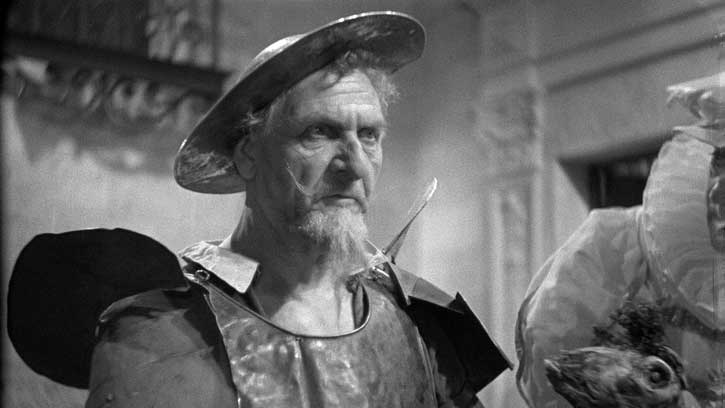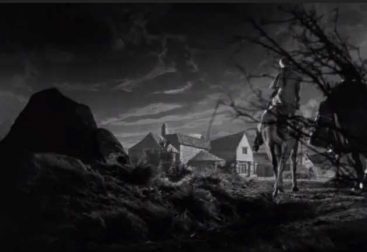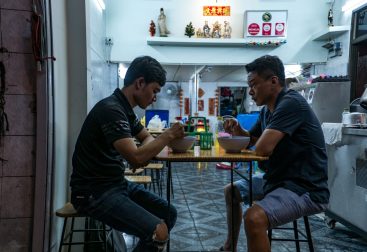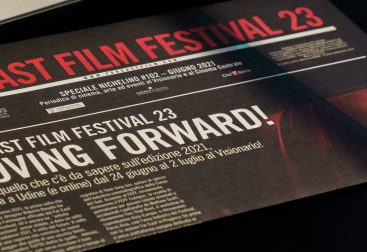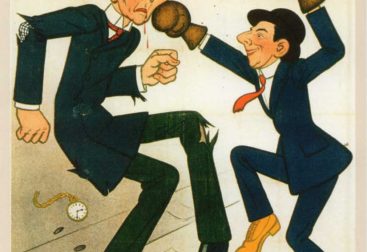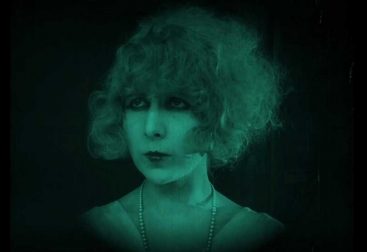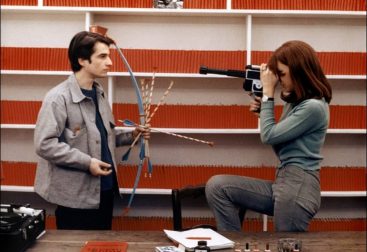“Pourquoi ne devrais-je pas faire un Don Quichotte ? C’est un sujet éternel.”
(Pabst on Pour Vous, 1932)
Almost each decade of the history of cinema has had its “Don Quijote film”, and sometimes even more than one. These include a British silent film, a Spanish adaptation based just on one of the two parts of Cervantes’ book and another focused on the side character of Dulcinea, a Spanish-Italian animation film, a Mexican comedy, an Australian ballet film, a Chinese-Hong Kong 3D production, but also several others made by the United States, the Soviet Union, Italy and of course Spain. Interestingly enough, some of these film productions have been “cursed”, so to say, which is something relatively uncommon in the history of cinema: Terry Gilliam and Orson Welles, who are probably the most internationally well-known directors that approached Don Quijote, in fact, had very troubled histories working on it. If the first one achieved to finalize the film after 29 years of misadventures under the title of The Man Who Killed Don Quixote, the second one never even accomplished it.
“What interests me is the idea of these dated virtues and why they seem to speak to us” says Orson Welles in 1985, which is also the year of his death. And Pabst himself defined it “an eternal subject” while shooting the film in 1932. If this book inspired such variegated film production throughout more than a century, Pabst and Welles must have been right: Don Quijote still speaks to us, through all forms of art. Nevertheless, it has been frequently pointed out how none of these films, completed or not, achieve to fully embrace the core of Cervantes’ one-thousand-pages book. When celebrating the IV Centennial of “Don Quijote – Part II” at the Instituto Cervantes of Harvard, for instance, the speakers unanimously agreed that also Gutiérrez’s film of 2002 has its limitations, starting from the fact that it did not focus on the whole work. Of course, one could argue that a film does not have necessarily to reflect the book it is based on, since they are two different products, but an internal coherence is expected anyway.
Going back to the film versions, there is one case that has been relatively neglected or, at least, has not been considered in relation to its unique form: the multiple version Don Quixotte directed by G.W. Pabst and shot simultaneously in French, English and German.
The idea of writing about this specific film comes from the 5th edition of “Film Restored – Das Filmerbe-Festival”, which is happening in Berlin these days. The French version of Don Quixotte has been recently restored starting from the original nitrates and is part of the excellent program of this film heritage festival. In the introduction by Hervé Pichard of the Cinemathèque Française, we understand that this film is a multiple hybrid between comedy and drama, prose and opera. In line with the procedure of the multiple versions, then, we will see how this product also mirrors international, if not transnational dynamics.
The praxis of the multiple versions was very common especially between 1929 and 1933, which means that they developed right before and then in parallel with dubbing. The idea is to produce a “same” film for each country interested in the work. In order to make each version successfully the targeting country, this audiovisual translation strategy operates on the respective national and cultural features, starting from the linguistic issue. A common strategy was the appropriation of the nationality of the protagonists and of the space of the action. Nevertheless, the case of Don Quixotte is a peculiar one, as one can’t really avoid the reference to the original Spanish masterpiece – on the contrary, in this case the origins of the film are rather stressed. The names of characters and places are therefore quite loyal except, necessarily, for their pronunciation.

In terms of internationalism, this film presents further peculiarities: first of all, the main character of Don Quijote is played by the famous Russian tenor Feodor Chaliapin Sr. in all three versions, his pronunciation being then in all cases equally “foreign” (in cases such as Der blaue Engel, for instance, the difference between Jannings’ German and English are more than evident and strongly influence the reception of the works). The crew also contributes itself to the internationalism of this triple film: Austrian director Pabst, French and Australian director assistants Jean de Limur and John Farrow, German-American editor Oser, Hungarian and French operators Farkas and Portier, French composer Ibert, German costume designer Pretzfelder, French dialoguiste Arnoux, Lithuanian art director Andrejew, and, last but definitely not least, German “ombres-chinoises” manager Lotte Reiniger. To give a complete overview, it must be also said that the only actors that remain in all three versions with Chaliapin’s Don Quijote are Carrasco and Dulcinea (the French Donnio and Valliers); the rest of the troupe is English and Australian for the English version, while the French and German versions, which have the same cast, present mostly French stars (starting from Dorville for Sancho Panza), but also a French-Italian, a Romanian and a Russian-America. Quite an international film production, indeed!
Moreover, the versions have been shot all in Nice, France, as Pabst was staying there at that time. In this sense, one could therefore say that this triple headed film really operates transnationally: not only for the multiple nationalities involved in the production, but also for this “mimetism” that strongly characterizes the multiple versions and is here applied to the location, for example, since French landscapes stand for Spanish ones in all films. The same for popular features such as Amadís de Gaula, chivalric Spanish character mentioned in a scene of the film(s) and personified for a show. In this scene, Don Quixotte interacts with the theatrical actor opening a breach in multiple realities: that of the book, that of the film and that of the meta-show being performed within the film. Having watched also the English version, I can say that the scenes and the whole films have been shot meticulously, Don Quixotte being somehow an ideal example of a multiple version.
Pabst’s film(s?) is then one of the works on Don Quijote which, for sure, succeeds in bringing up the dicotomies ‘real vs unreal’, ‘fiction vs non-fiction’, ‘ignorance vs culture’. Also, as many of them, it still brings several mysteries with itself, starting from some key matters: how come there were a French, an English and even a German version, but not a Spanish one? Was it a lack of interest of the producers or of the (potential) recipient?
For now, but hopefully not for too long, this question will remain an “errant” one, as Amadís and Don Quijote.
Maria Adorno
Photo: Cinémathèque Française
